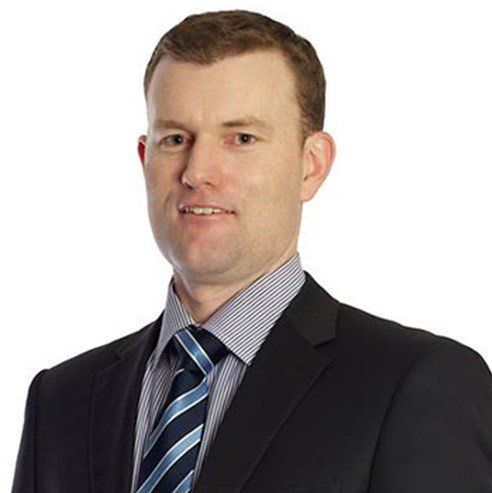1MG FlippingBooks
Livestock Pulling its Weight for Carbon
For Australia to achieve its climate goals, all sectors must pull their weight. For farmers with livestock, there are a multitude of challenges: methane emissions, lot feeding and meat processing all put pressure on the carbon budget. So how does an industry with high carbon emissions balance things out to become carbon neutral?

The Australian red meat and livestock industry has set the ambitious target of being Carbon Neutral by 2030 (CN30).
That means by 2030, Australian beef, lamb and goat production, including lot feeding and meat processing, would make no net release of greenhouse gas (GHG) emissions into the atmosphere.
Red meat producers manage half of Australia’s land mass and the industry is on the front foot, proactively working to maintain or improve long-term productivity and livestock numbers while striving to deliver zero net emissions.
Meat & Livestock Australia (MLA), in collaboration with industry, government and research partners, is investing in research, development and adoption projects to enable industry to move toward the CN30 target.
The red meat and livestock industry currently contributes 10 per cent of all of Australia’s GHG emissions – this figure has halved since 2005.
According to data released by CSIRO in June 2019, the Australian red meat industry achieved a 57.6 per cent reduction in GHG emissions between 2005 and 2016. It was one of only two industries in Australia to reduce emissions, the other industry being manufacturing.
The significant decline in the industry’s carbon accounts largely reflects the impact of enhanced productivity in red meat production systems and land-management practices like reforestation, afforestation and reduced deforestation.
Further emissions reductions are expected as technologies that reduce enteric methane emissions from ruminants – the major emissions source for the red meat sector – penetrate the market.
Under the CN30 initiative announced in November 2017, MLA is leading a collaborative research, development and adoption (RD&A) program to develop and commercialise technologies and practices that promote the role of carbon farming in building drought resilience, emissions reduction and a more profitable red meat industry.
The MLA has form when it comes to leading the globe. Only one robot in the world is doing advanced x-ray guided beef carcase cutting at the moment – and that’s here in Australia at JBS Dinmore.
















